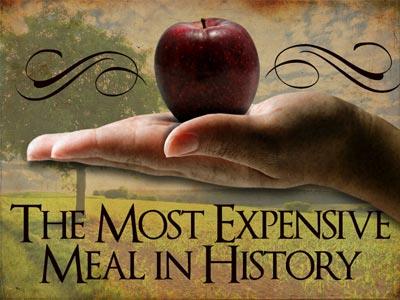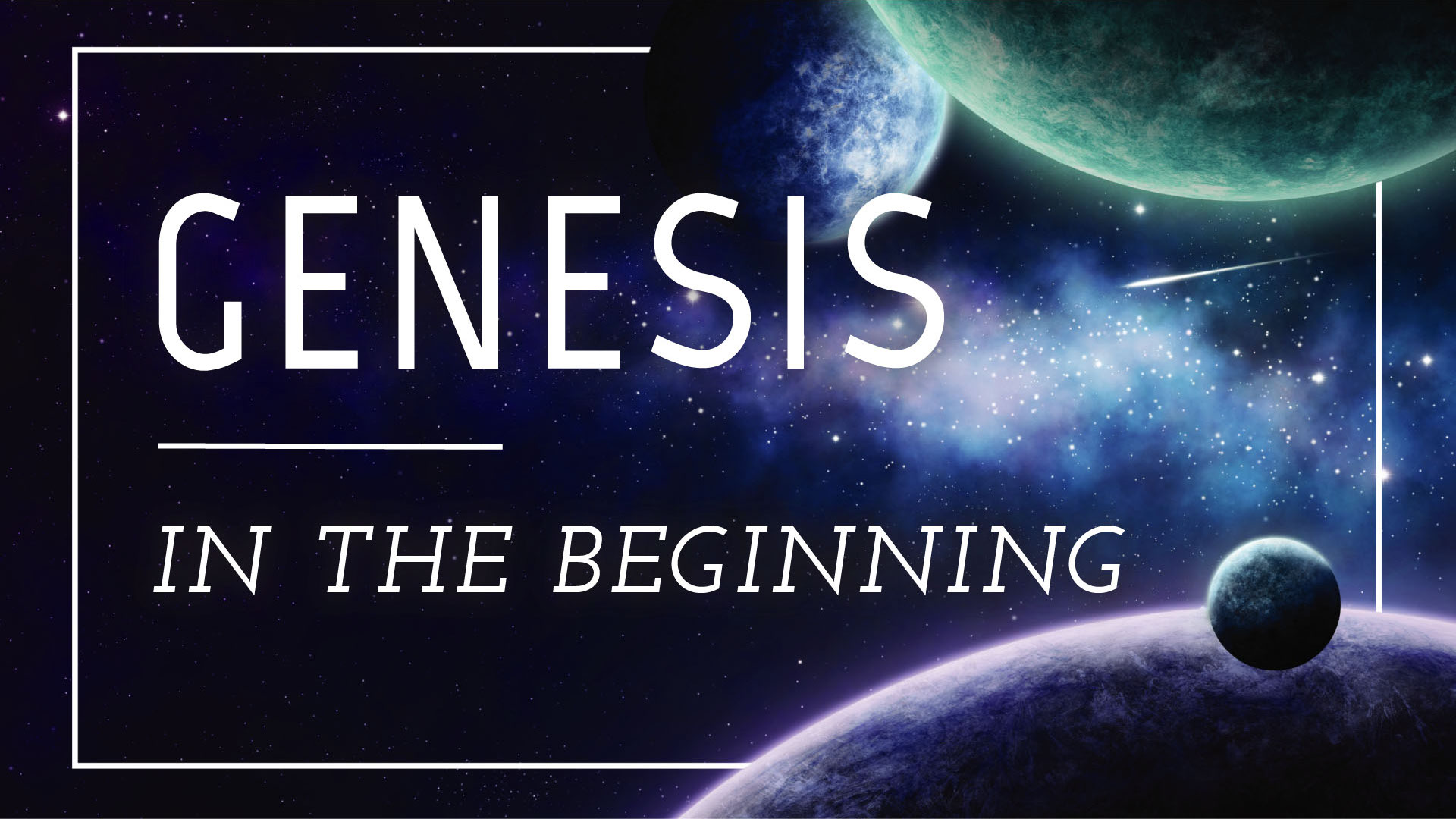-
Made In The Image Of God Series
Contributed by Alan Mccann on Apr 14, 2008 (message contributor)
Summary: How being made in the image of God is foundational to our self-image and that it is primarily relational
Made in God’s Image
Genesis 1.26-28
Why is it that we swat flies without a second thought and yet if we knocked down a pedestrian we would not be able to sleep? What is it about human life that makes it so valuable or precious? Why do doctors, midwives etc fight to save the life of a child? Why do we have A&E departments at hospitals? What is there about human life that sets us apart, above, the rest of created life on this planet? This morning I want to share with you from Scripture why we matter and why we treat human life as sacred? I want, as best as I can, from God’s Word to share with you what it means to be made in the image of God.
Turn with me to Genesis chapter 1 verses 26-28. Here is the first account of the creation of man. The account in Genesis 2 is not an alternative account to Genesis 1 but a bringing of man into the centre of the created order. It focuses the spotlight on man, who is seen as God’s masterpiece in the created order.
Verse 26 - The first thing we should note is that the creation of man is set apart from all previous acts of creation. The previous acts of creation are impersonal ‘Let there be…’ whereas the creation of man (v26) is more personal (first person) “Let us make.” Second, in the previous acts of creation each creature is describes as “according to its kind” whereas the creation of man and woman are made “in our (God’s) image.” Man’s image is not simply of himself; he also shares a likeness to his Creator. Third, the creation of man is specifically noted as “male and female.” For the rest of creation gender was not important but for mankind it is. Fourth, only man has been given dominion of God’s creation and it is over all other living creatures. These things point to the fact that man is distinct, marked off and special from the rest of God’s created works. The point is also to show how man is like God which again sets him apart from the rest of creation.
Verse 27 – we read here of the plurality of God: “Let us make man in our image, in our likeness” and we read that man is made in his plurality – man was created in the image of God… man was created male and female. We see the same pattern in Genesis 5.1-2. The singular man (Adam) is created as a plurality (male and female), in a similar way the one God created man through and expression of his plurality (make man in our image). Therefore the human relationship, between a man and a woman, is a reflection of the image of God’s own personal relationship within the Godhead (the Trinity).
Verse 28 – the image of God in human beings, male and female, is linked to the blessing of fruitfulness. God gives fruitfulness to human beings, which is in stark contrast of the pagan fertility gods where the people prayed for the gods to be fruitful. Procreation strictly means creation ‘on behalf of another’ – in this case him who is Love, God himself. So human creativity, and procreativity, is part of the outworking in our lives (our histories) of the creative love of God in us as his image.
So what do these three verses teach us about being made in the image of God? We know from Scripture that God is spirit and therefore to be made in the image of God is not a matter of the physical only. That is not to lessen the physical but we must be clear that the image of God is not primarily physical. Why is that important? Because in a world where the physical is often portrayed as all important, and where value is measured by subjective things like image and beauty, we as Christians need to challenge the idea that the value of another person is measured in their physical attributes and or abilities. Yet we are not to lessen the physical because Christ took on flesh and dwelt amongst us. When God came amongst us He took on physical flesh and became a man. So there is something of the divine image reflected in the physical but it is not primarily reflected in the physical.
Some people have attempted to define ‘the image of God’ in terms of the capacity of man. They talk of man being a moral being, a social being, a creative being and a rational being. These are all true and important and they are all reflected in Genesis 2 but may I suggest to you that from a correct reading of Genesis 1.26-27 they do not primarily define what it means for man to be made in the image of God. They certainly reflect something of that image and they certainly mark man as distinct from the rest of the created order. We should not dismiss any of these things lightly.

 Sermon Central
Sermon Central



